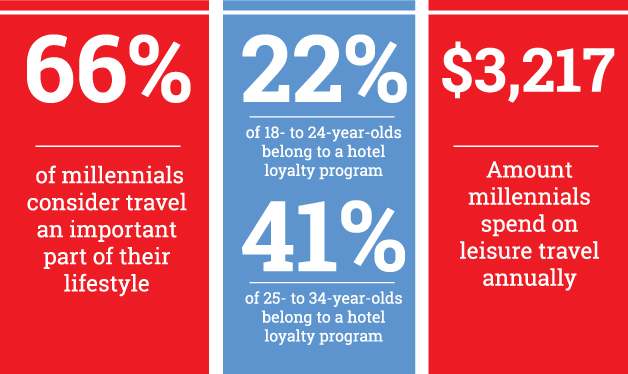“Based on the analysis of the seven subject properties, it appears that operating efficiencies do not come automatically for all dual-branded properties. Throughout all facets of the lodging industry, attention must be paid to the fundamentals. Dual-branded hotels provide the opportunity to achieve operating efficiencies, but management still needs to optimize shared resources to earn their efficiencies.”
Dual-branded hotels provide the opportunity to achieve operating efficiencies, but management still needs to optimize shared resources to earn their efficiencies.”
The pace of new hotel construction is picking up. According to STR, there were 1,003 hotels under construction in the United States as of January 2015, up 31.8 percent from January 2014. The most active under-construction segments of the hotel industry are upper-midscale (37.9 percent of total projects) and upscale (34.5 percent of total projects).
One way developers are taking advantage of the popularity of these segments is to build dual-branded hotels. The majority of dual-branded properties in the United States consist of affiliations within the upper-midscale and upscale segments. For the purpose of this article and analysis, we defined dual-branded hotels as single buildings that contain two distinctly branded operations. More often than not, the dual-branded properties contain separate entrances, front desks, and elevators for each brand but share back-of-the-house operations and guest amenities, such as meeting space and pools.
According to Kallenberger Jones & Company, there were 30 dual-branded hotels in the United States as of year-end 2014, offering a total of 12,193 rooms. Another 24 projects, with a total of 10,284 rooms, were under construction as of January 2015.
For more:Â http://bit.ly/1PvBD67










